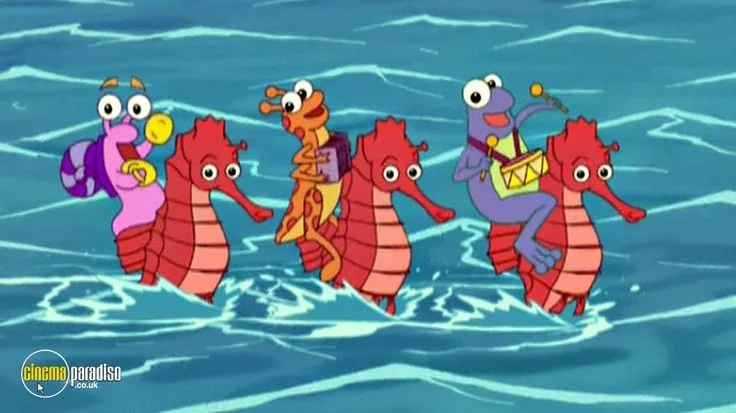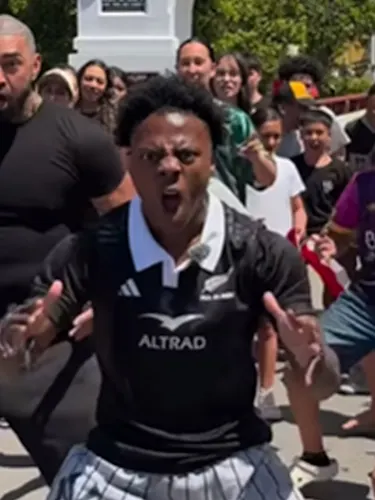There are over 3,644 usable emojis on iOS, but the internet swears there was once 3,645.
TikTok users are crossing their hearts and telling their For You pages that there was for sure a seahorse emoji.
But it's not currently on the keyboard. Was it ever?
I've pulled up every emoji iOS and Android have released and, with a nose-to-screen level of attention, found no proof it ever existed. Yet the people's assuredness that there was one led me to explore all options.
I scrolled through every internet forum and social media post involving the words "seahorse emoji". All I found was people asking why Apple deleted it or why Apple haven't added one yet.
Clip art seahorses have been shown as references but they are not quite right, "facing the wrong way" or "too detailed".
Everyone also remembers a different coloured seahorse. One comment will stress in all caps it was yellow, the next will vow it was blue, and a third is on team red.
One TikTok with thousands of likes shows a very Apple-emoji-looking seahorse that many seem to think is the one. But a reverse image search is empty, meaning it was created purely for the TikTok it's in. Plus, there's still the fact that many people remember it in a different colour scheme.
All these factors point to the seahorse emoji being a figment of our collective imagination: A shared hallucination due to the seahorse's untroublesome reputation (who hates seahorses?) and cute appearance - it should be an emoji.
It is here, reader, that we arrive at the Mandela Effect. The term was coined by paranormal researcher Fiona Broome after finding that she and many others thought Nelson Mandela died in prison in the 1980s when he actually died in 2013. It refers to cultural icons and events that a significant amount of people recall as different than they actually are.
Misremembered logos, names and quotes can be explained by this effect. For example, in Snow White, the queen says "Magic mirror on the wall", not "Mirror mirror on the wall".
Because it's the internet, there's a strong faction of people who chalk it up to the simple fact we've broken the very fabric of space and swapped realities, leaving the remembered thing behind in an alternate universe we once lived in.
Its more sciencey explanation can help us uncover the mystery of the 'deleted' emoji.
Basically, humans suck at remembering things and our brains fill gaps in our memory with stuff that sounds about right but isn't actually true. This stuff is usually related to the item that's trying to be remembered.
"With the Mandela Effect, people are often remembering things the way they think they should be rather than they actually are," cognitive and parapsychological researcher Neil Dagnall told CNN.
There's a puffer fish emoji, a shrimp emoji and even a friggin coral emoji. Our brains probably just made the small logical jump that seahorses are like these things and thus said 'yeah there's for sure a seahorse emoji my guy, anyway remember when you embarrassed yourself at that bottomless brunch three years ago?'
Dagnall also explains that the stuff we see in movies and TV shows can also create a false memory, pulling up examples of people describing plane crashes. These plane crashes never happened but sound exactly like ones from popular films.
Seahorses featured in 'Dora The Explorer' look similar to the musings of believers online. They are in 'Finding Nemo', 'Looney Tunes' and 'The Little Mermaid'. They've appeared in our favourite stories, noticeable but never prominent.

They are unique creatures that we've seen in cartoon form so many times. So, our brain slots them with the most popular cartoon of the modern era: the emoji.
Or we just swapped universes, idfk.





















































